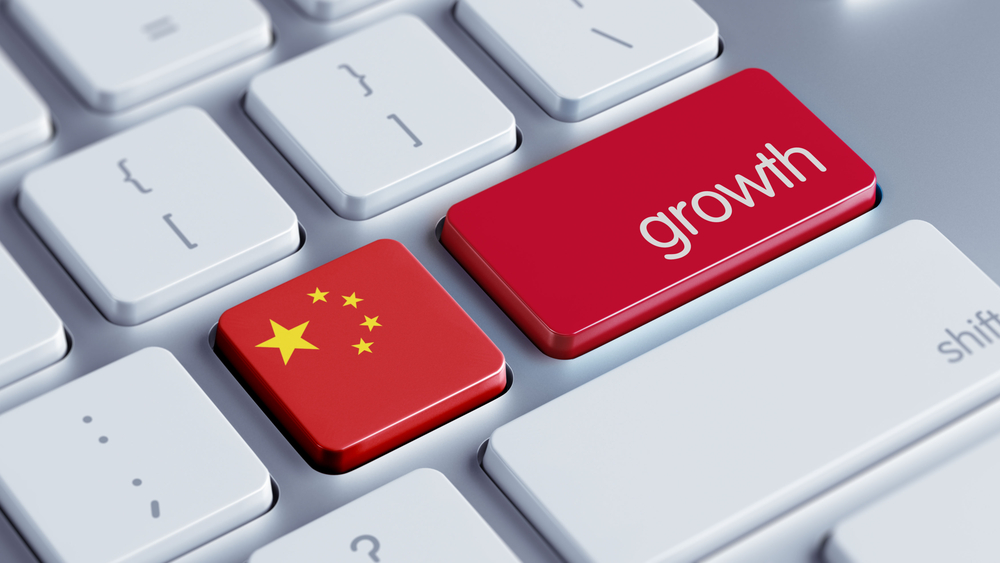As China’s Growth Slows, Income Inequality Speeds Up

Please note that we are not authorised to provide any investment advice. The content on this page is for information purposes only.
The slowdown in growth in China is a familiar story. Annual GDP growth has fallen from an average of 10 percent to less than 7 percent. While Chinese growth is still significant in absolute terms, slower growth combined with rising income inequality is becoming a big concern for the Chinese public.
The slowdown in growth in China is a familiar story. Annual GDP growth has fallen from an average of 10 percent to less than 7 percent. While Chinese growth is still significant in absolute terms, slower growth combined with rising income inequality is becoming a big concern for the Chinese public.
The slowdown can be traced to a shift in the drivers of growth. State-led investment in the ‘old’ industrial economy is less important today and growth is more dependent on ‘new’ private sector investment and household spending. Labour costs are rising and the technology gap between China and the rest of the world is shrinking.
Slower growth makes it more difficult to maintain employment and to meet expectations of rising incomes. Policymakers are keen to find new sources of growth. Attention has now turned to supply-side reform: adjusting industry structure, creating more competition, and making changes to the management and practice of the old economy.
This must work alongside encouraging the growth of the private sector, small- and medium-sized enterprises (SMEs) and the services sector. Also important will be investment in human capital and research.
Policymakers also have to deal with another challenge: rising inequality.
Income gaps in China are widening and income distribution inequality is growing. While Deng Xiaoping’s economic reforms in the 1970s and 1980s initially reduced inequality, the gap between incomes has been rising steadily since the mid-1980s and urban incomes are now more than three times higher than rural ones.
Under high growth rates, increasing inequality may not be a formidable political issue if incomes still rise in absolute terms. However, a simultaneous slowdown in growth and rise in inequality triggers greater public anxiety. While China is not alone in facing this issue, it has become a major public concern.
Dealing with these inequities is no easy task. Supply-side reform policies are generally relevant to both growth and equity goals since they are about encouraging participation in markets. However, such policies are difficult to design and difficult to sell to both political leaders and the public.
Success also requires cooperation and coordination across agencies. In addition, there will always be opposition to reforms from some affected interest groups like this: in the case of China, this will be from the ‘old economy’. This means that a high degree of resilience and confidence in the reform plans will be crucial.
Reform in other economies has been the result of the combined efforts of a variety of channels, including institutions like universities and think tanks, the media, the general bureaucracy and multilateral agencies. However, modern China does not have a firm tradition of educational institutions playing a concerted role in the development of economic policy, though many scholars are clearly key thought leaders. The multilateral agencies have opinions to offer but less leverage these days. The weight then rests with the general bureaucracy.
The general public perception is that China’s bureaucracy lacks the capacity to deliver this kind of change and itself should be the subject of reform. This apparent lack of capability in the bureaucracy may be the consequence of efforts to outlaw corrupt practice. As William H. Overholt has argued China’s anti-corruption campaign has scared public officials away from implementing big reforms.
One solution to this could be an amnesty on past practices with a cap on the scale of impacts of previous decision-making. Although the Central Leading Small Group on Comprehensively Deepening Reform has set out the strategic polices, the reform still needs various levels of government agencies to implement it. Another option may be to drive reform from a newly created set of government agencies specifically charged with that role.
Supply-side reforms work best when the factors of production can be quickly reallocated. The key problems in China are not so much in the labour market, where workers are highly mobile, but in markets for capital.
The financial sector is carrying a heavy load of debt of which a rising share, as much as 15–20 percent, is in sub-prime loans. Certainly, there is a risk of financial crisis in China. However, the risk of such an event is well understood and can therefore be mitigated.
China has the resources to deal with the refinancing that may be required in order to release new lending and potentially help capital markets. This would essentially involve giving the banks an amnesty on earlier bad decisions, many of which they were directed to make anyway.
Encouraging growth through supply-side reform will not succeed if bureaucrats cannot be emboldened to undertake big reforms. In addition, the financial sector’s debt levels must be monitored and if necessary refinanced if China is to avoid a crisis.
Both situations may require some forms of amnesty. These moves could help release China’s economic policymakers from their incapacity — either real or perceived — to drive and implement a reform program with an impact on today’s challenges.
Realising economic reform in China is republished with permission from East Asia Forum




